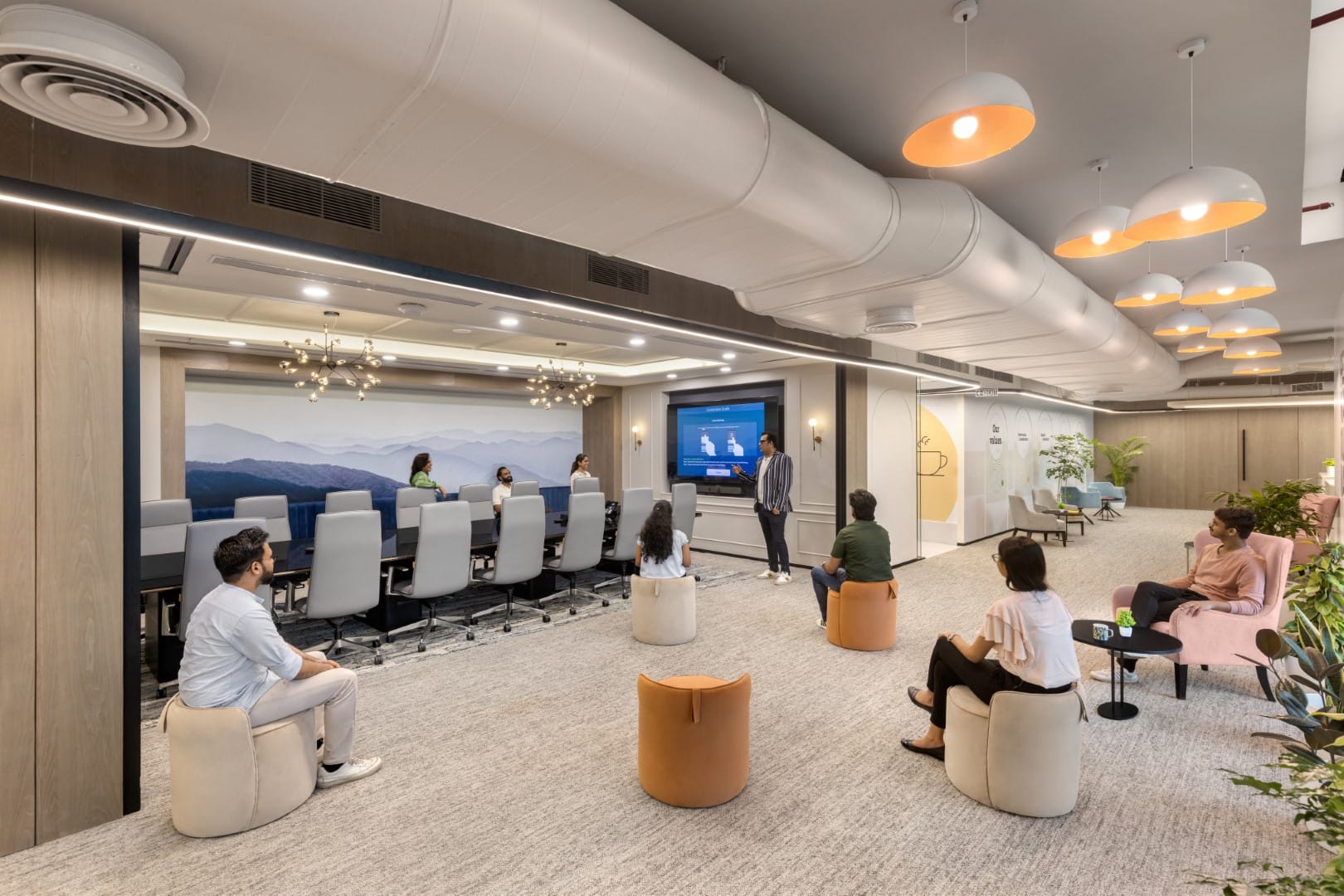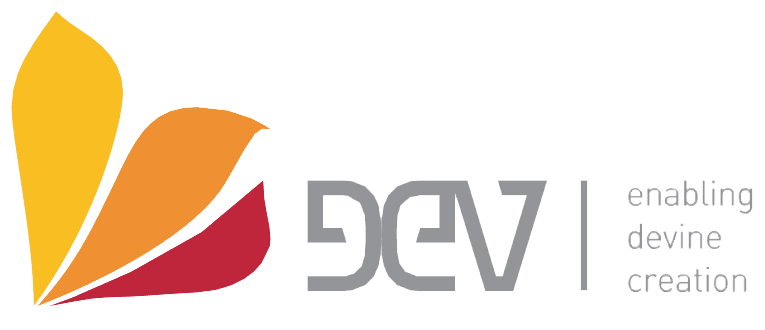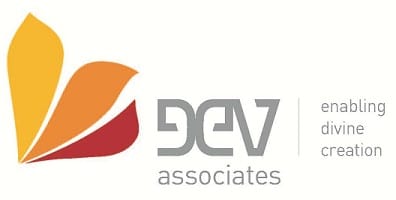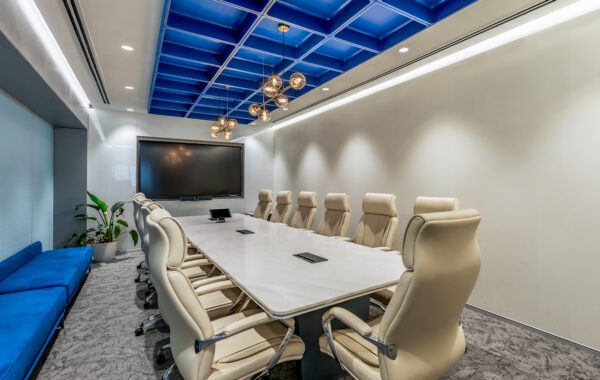
The Future of Workspace Design: Trends for 2025 and Beyond
As we move into 2025, the concept of workspace design continues to evolve at a rapid pace. Driven by advancements in technology, shifting work cultures, and a focus on employee well-being, the future of office spaces promises to be dynamic, inclusive, and adaptive. Here’s a closer look at the emerging trends shaping the future of workspace design.
1. Hybrid Workspaces
The hybrid work model—blending in-office and remote work—has become a cornerstone of modern work culture. Future office designs will emphasize flexibility to support diverse work styles. Expect modular furniture, convertible spaces, and enhanced virtual collaboration tools to bridge the gap between remote and on-site employees.
Key Features:
– Multi-purpose zones that adapt to changing needs.
– Integrated technology for seamless virtual meetings.
– Hot-desking and touchless solutions to enhance hygiene and accessibility.
2. Sustainability and Green Design
Environmental consciousness is driving sustainable design to the forefront. Future workspaces will prioritize energy efficiency, renewable materials, and biophilic elements, creating healthier environments for employees.
Key Features:
– Use of recycled and sustainable building materials.
– Smart lighting and HVAC systems for energy conservation.
– Indoor greenery and abundant natural light to enhance well-being.
3. Focus on Employee Well-being
Employee-centric design is now a hallmark of modern workspaces. Companies are investing in environments that promote physical, mental, and emotional well-being, moving beyond basic ergonomic furniture.
Key Features:
– Quiet zones and wellness rooms for relaxation and focus.
– On-site fitness facilities and access to outdoor spaces.
– Thoughtful color schemes and acoustics tailored for comfort and productivity.
4. Technology-Driven Spaces
Advanced technology integration is reshaping office functionality. Smart workspaces equipped with IoT, AI, and AR/VR tools will optimize operations and elevate the employee experience.
Key Features:
– AI-driven systems for personalized workspace settings.
– Augmented Reality (AR) for immersive training and collaboration.
– Smart desks and wearable tech to monitor productivity and health.
5. Inclusive and Diverse Design
Diversity and inclusivity are at the core of future workspace designs. Offices will prioritize accessibility and cater to the varied needs of a diverse workforce.
Key Features:
– Universal design principles to accommodate all abilities.
– Gender-neutral facilities and culturally inclusive spaces.
– Flexible layouts to support diverse work preferences.
6. Collaborative and Creative Spaces
Collaboration drives innovation, and future workspaces will foster teamwork through open, creative areas. These spaces will encourage spontaneous interactions and productive exchanges.
Key Features:
– Interactive walls and brainstorming hubs.
– Informal lounges for casual collaborations.
– Acoustic solutions to balance openness with privacy.
7. Resilience and Future-Readiness
Designing for resilience ensures that offices can adapt to unforeseen challenges, such as pandemics or natural disasters. This approach involves creating spaces that quickly transform to meet evolving needs.
Key Features:
– Modular construction for rapid reconfiguration.
– Robust sanitation systems and touch-free technologies.
– Backup systems for power, connectivity, and safety.
Conclusion
The future of workspace design lies at the intersection of innovation, sustainability, and human-centric approaches. By focusing on flexibility, well-being, and inclusivity, companies can create environments that inspire productivity and foster community. As we step into 2025 and beyond, the office will transcend its traditional purpose, becoming a space where people truly thrive.



